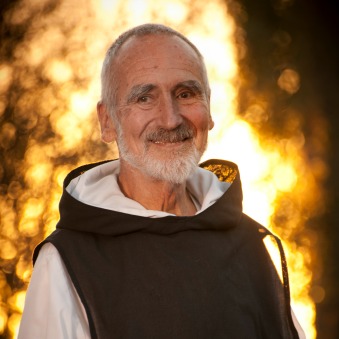Q: Can one teach gratefulness? I find that a person is either grateful or not. — Sister Mary Peter, Huehuetenango, Guatemala
A: +Well, it is true that some people may seem less gifted with regard to being grateful. The reasons could be that they’re just generally less alert to life around them; or they may feel a strong need for independence; or they may be emotionally scarred.
It takes a certain level of alertness to recognize the gift character of any situation, person, or thing. Recognizing isn’t even enough. We must acknowledge our interdependence with others before we can genuinely enjoy the give-and-take which sparks gratefulness. We must also be emotionally ready. If we have been made to feel rejected and left out, it may be difficult to truly celebrate gift giving and receiving.
But there is good news: Yes, it is indeed possible to teach and learn gratefulness. A good starting point is surprise. We can cultivate surprise at waking up to another day, surprise at whatever the weather happens to be that day, surprise that there is anything rather than nothing! How come? And how come we don’t think to ask “how come” more often?
Children have a natural ability to marvel. They are little philosophers in this respect, for, as Plato said, all philosophizing starts with wonderment. It is easy to encourage children to look at the world with amazed eyes. For teaching and learning gratefulness, a magnifying glass can be an invaluable tool. Another teaching aide is a simple soap bubble blower, which contains several thousand incentives for wonderment.
Of course, in order to be taught, it is necessary to want to learn. But who would not want to learn, once they see that the smallest act of gratefulness triggers immediate feedback. Gratefulness unlocks joy. Nothing that we take for granted gives us joy. Yet the smallest surprise, received gratefully, yields a harvest of delight. As a teacher, you can look for moments of wonder, multiply moments of wonder, to share with your students — children or adults — so that even the crustiest and most hardened among them suddenly catches on to the fact that whatever there is, is pure gift.
In Daniel 12:3, we read, “Those who show many the way to life will shine forever like the stars in the firmament.” What better way to a fuller life than teaching gratitude? I can just see the eyes of children light up like stars as gratitude takes hold of their hearts. And to think that this multitude of stars will sparkle forever!
— Your Brother David



Comments are now closed on this page. We invite you to join the conversation in our new community space. We hope to see you there!